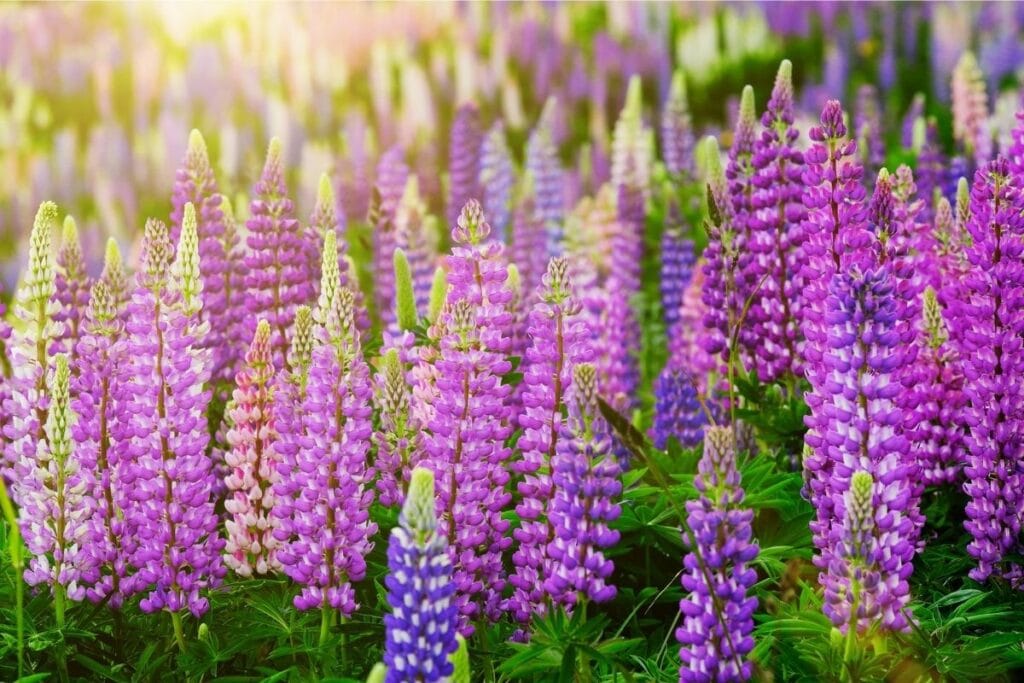Lupine or lupin is a fast-growing plant that is easily found in North America.
There are hundreds of different varieties related to this flower, although most of the multi-colored types are hybrid lupines. The most common colors are white, purple, blue, and yellow types of lupine flowers.
Some lupines are annuals, while others are perennials. Potted plants are typically perennial cultivars. It grows particularly well in zones 4 to 8, according to the United States Department of Agriculture.
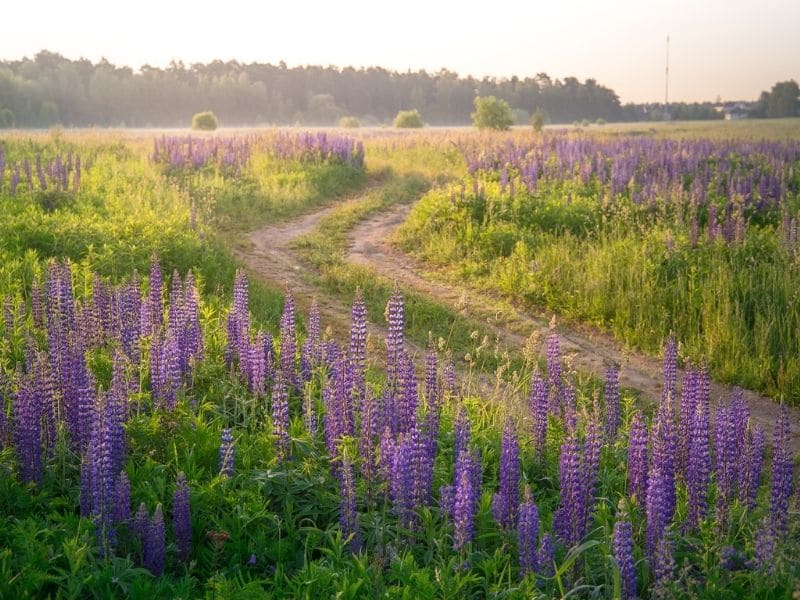
Continue reading if you would like to learn more about this fascinating flower.
Basic Facts about Lupines
- Scientifically known as Lupinus and colloquially known as bluebonnet, this type of plant belongs to the Fabaceae family of plants and is a distant relative of peas. As a result, Lupine flowers can fix nitrogen in the soil.
- This plant can grow up to 5 feet tall, and they need to be fully exposed to the sun, with short periods of shade, to grow and thrive.
- Ideally, lupines should be planted in late spring or fall, and most of them will bloom for 3 weeks at least, during their second year.
- Lupine flowers are unique looking, as their blossoms are close to one another; yet, they are on top of a conical spike that is erected above the rest of the plant’s foliage.
- Lastly, lupines can have different-colored petals, even in the same plant. It is not uncommon to see a purple and red or an orange and white lupine.
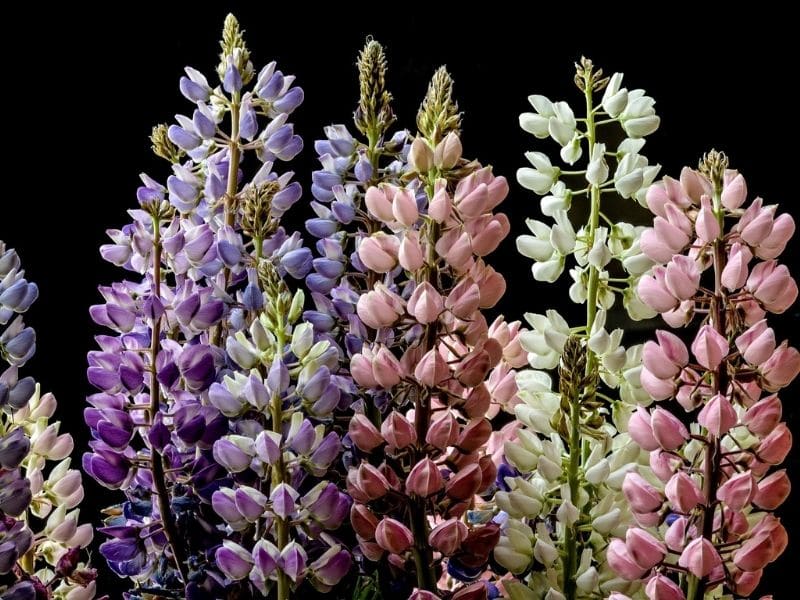
How To Care For Lupines
Follow these tips and see how to care for lupine!
Sun Exposure
Lupines need full sun to thrive. Although, in some areas where the heat is too intense during summer, it is advisable to grow this flower in a partially shaded area.
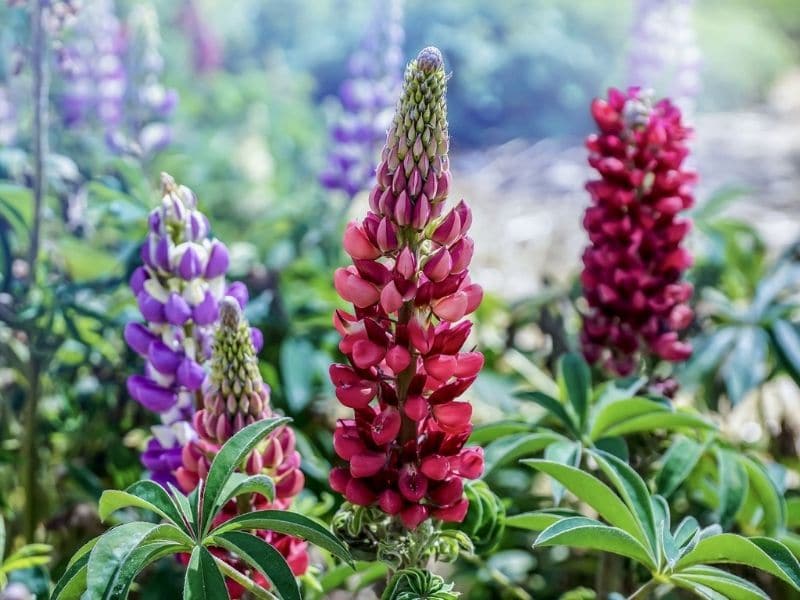
For the best flower production, make sure to cool down the roots of the plants by applying mulch around them.
Soil Requirements
It is drought-resistant and thrives in sandy soil, just like the majority of wild lupines. They also prefer neutral soil, although they don’t mind acidic soil either. However, make sure the soil drains well; if not, this plant may die, as their roots can rot.
Water Needs

Irrigation is key with lupines, as they need to have a regular and abundant irrigation system in order to thrive. The soil cannot be dry; otherwise, they won’t grow.
Ideally, mulch will be placed on the areas where lupines are growing. This way, they will have humid soil for longer periods.
Fertilizer
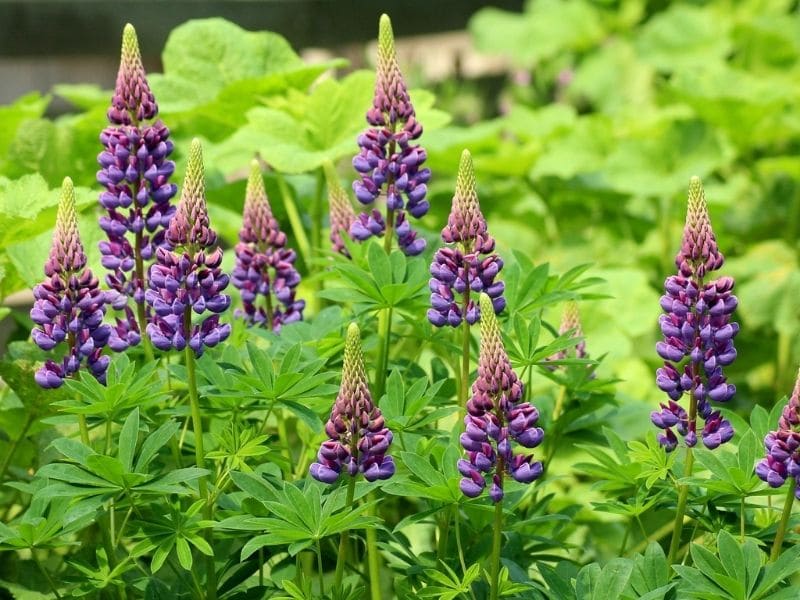
These perennial lupines don’t require fertilizer. However, if the soil is too acidic, then it is advisable to make or purchase an organic fertilizer that will help and encourage the plant to grow healthier.
Keep in mind the fertilizer’s quantities; adding too much could make your flower grow too much foliage and not enough blooms.
Trimming
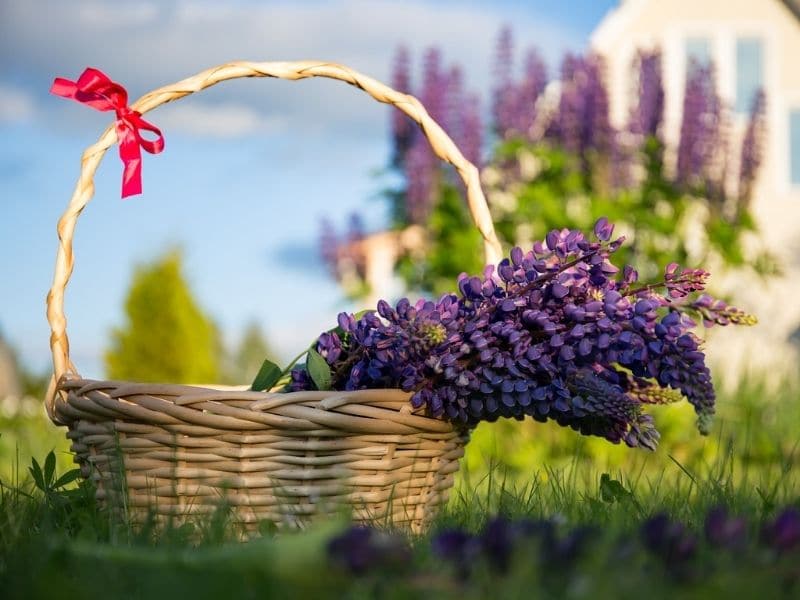
Spent flowers or petals should be removed from the plants; this way, additional blooming will be encouraged to continue.
In addition, when pruning a lupine plant, you are also making sure the plant is redirecting its energy into its foliage or root system. This is particularly good, especially if you are looking forward to more self-sowing lupines.
Propagate Lupine
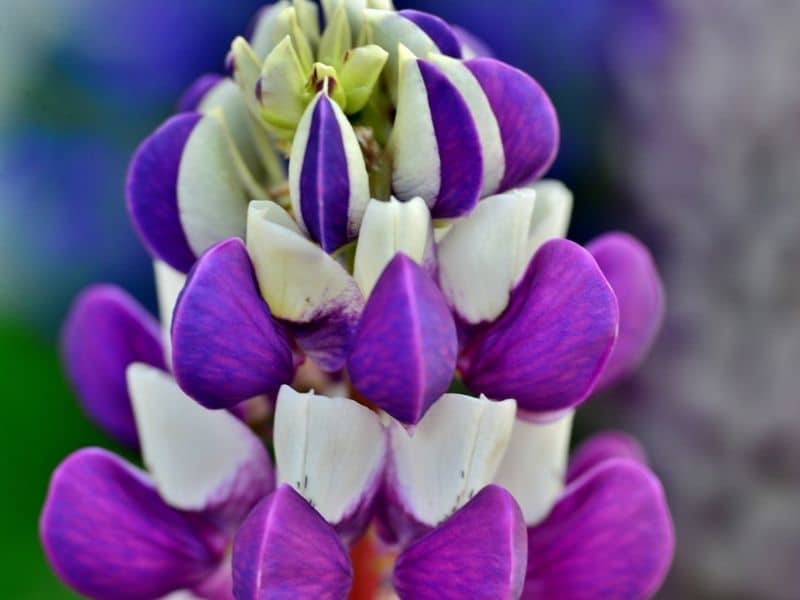
Even though lupines are quite strong, they don’t do well when they are divided and then transplanted to a new place. It would be best to propagate them by seed or to allow them to self-sow, without direct intervention from humans.
If you prefer the latter, then avoid deadheading the flowering plants, and do not prune them. This will make the flowers form new seed pods, that will, in turn, be dispersed once they reach their mature stage.
Temperature and humidity
Lupines generally thrive in cool to moderate temperatures, ideally ranging between 60 to 75°F (15 to 24°C). These flowers prefer cooler climates and may struggle with excessively high temperatures. While lupines can tolerate some humidity, they generally flourish in areas with well-ventilated and drier conditions.
High humidity lupines, especially in warm climates, may contribute to fungal issues such as powdery mildew. To optimize lupine health, it’s advisable to plant them in well-draining soil and provide adequate air circulation, ensuring they receive the temperature and humidity conditions that align with their natural preferences.
Pests and Diseases
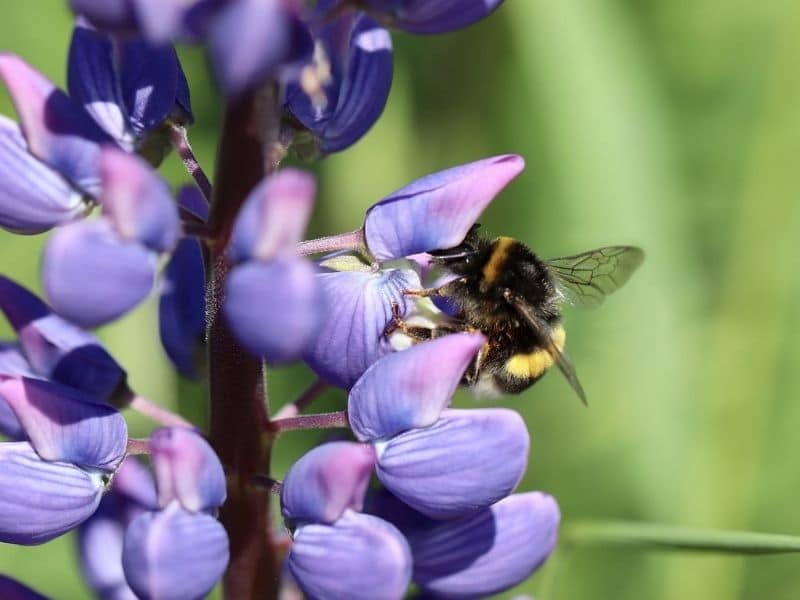
Lupine flowers, while generally hardy, can face challenges from common pests and diseases. Aphids and spider mites are frequent nuisances, feeding on the plant sap and causing damage to the foliage.
Powdery mildew is a common fungal issue, manifesting as a white powdery substance on leaves and hindering photosynthesis.
Additionally, lupines may be susceptible to root rot if the soil is excessively damp. Regular inspection, appropriate watering practices, and early intervention with organic treatments can help mitigate the impact of these pests and diseases, ensuring the health and vibrancy of lupine flower displays.
How to grow Lupines from Seeds
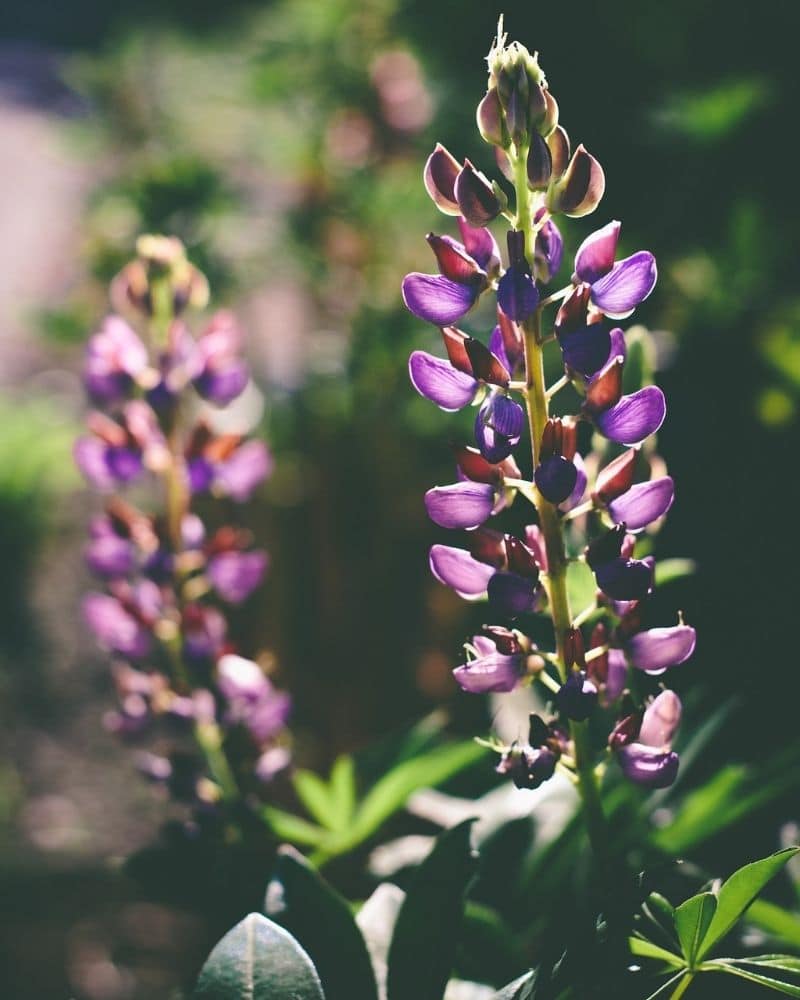
This plant is easy to sow, as they don’t require much preparation in advance. However, be aware of the seed coat as it tends to be very tough to get through. It would be best if you soak the lupin seeds in water overnight, this will allow them to break down the coat.
Plant the lupine seeds at least one inch underneath the soil. Make sure you do so in a place that receives plenty of sunshine throughout the day.
You should plant lupines in big containers, although they much prefer to be sown directly into the soil.
When should you plant lupine?

If planting lupines from seed, it would be best to directly sow seeds in the garden during early fall or early winter, if it isn’t too cold. On the contrary, if hard winters are the norm, then it is advisable to start indoors, at least four weeks before the last frost date, and then move them outdoors.
Lupine’s Colorful Combinations
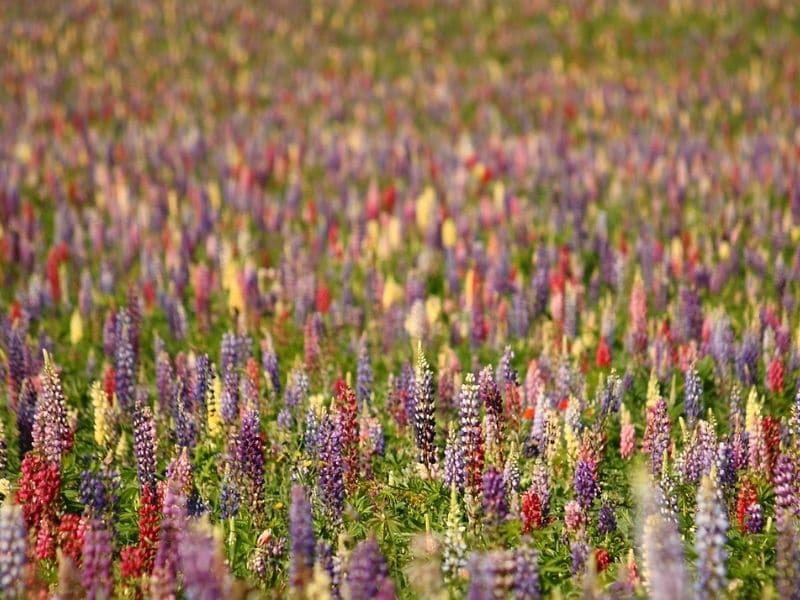
Everyone that has ever seen a lupine in real life will say exactly the same thing: ‘’this plant has amazing colors’’.
Undoubtedly, lupine flowers are some of the most colorful plants on earth. Some varieties are bicolored, whereas others can have up to 4 different types of colors.
The most fascinating characteristic is that usually, the petals will start off with the ends in white color, and slowly, the rest of the upper petals will change and will turn different colors, like a degradé painting.
Types of Lupine Plants You Can Grow
There are hundreds of different types of lupin flower. The following varieties are the most common ones:
Native Blue Lupine
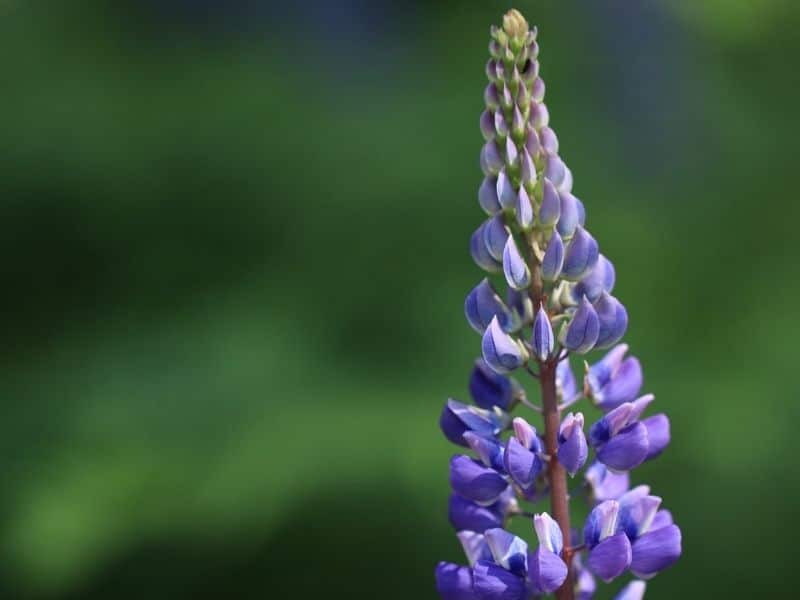
This plant is scientifically known as Lupinus perennis. This is a native species that can grow up to 2 feet in height. As its name suggests, it has blue petals that catch everyone’s attention!
This type of lupine can be found in the eastern part of the United States, and the most fascinating fact is that this is the only plant that is known to attract the Karner blue butterfly (also referred to scientifically as Lycaeides melissa samuelis).
It can be argued that this strain is the hardiest, as it is a native plant.
Lupinus texensis
Also referred to as bluebonnets, this annual plant is native to Texas, although nowadays, it can be found in other areas across the United States. It has blue and white petals, making it very unique looking as well. It prefers well-drained and slightly acidic soil.
Lupinus polyphyllus
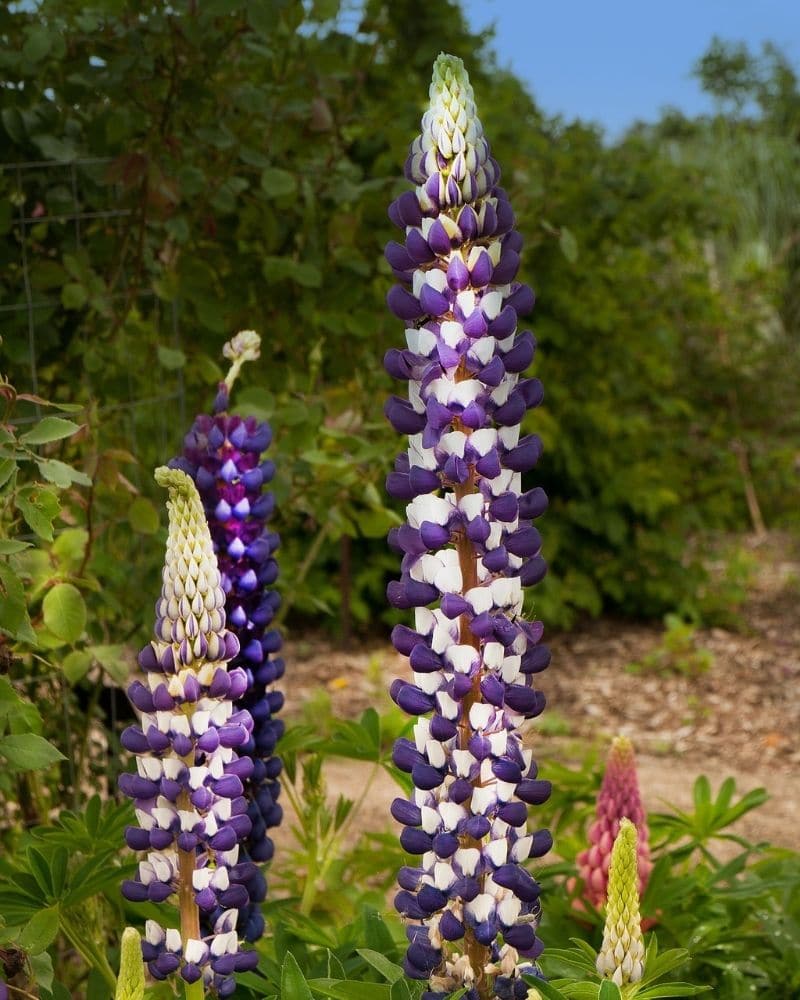
This type of flower has very large leaves. Its name is Greek, and it means ‘’many-leaved’’.
Dwarf Lulu
This is a hybrid variety that will only reach 2 feet tall in height. They have different colors and small petals.
Russell Lupine
This variety is a type of hybrid that has a dramatic aspect. Its foliage is big, and so are its dense flower spikes, as they tend to be the largest lupine flowers!
Golden lupine (L. densiflorus var. aureus)
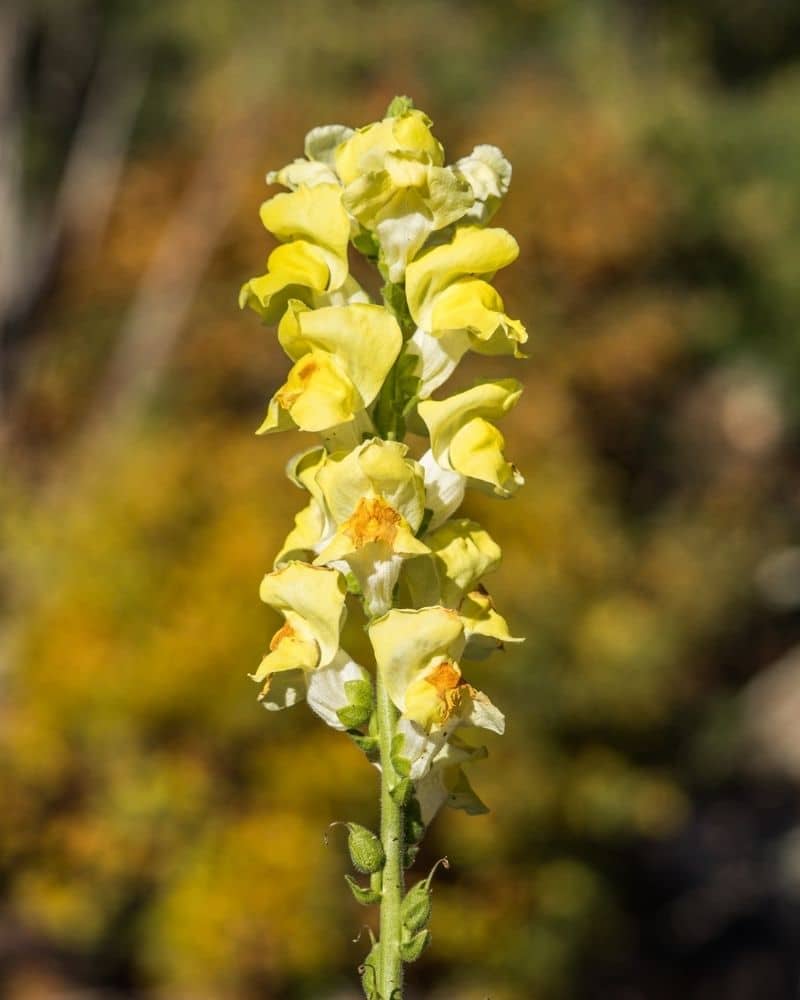
One of the most beautiful lupines is the yellow, orange, and gold variety. These yellow flowers can grow up to four feet in height and are ideally grown in zones 5 to 8. They are native to California and are often considered invasive as they will self-sow continuously unless they are stopped.
Lupinus pusillus
This tiny annual flower is one of the hardiest lupines in nature. They can easily thrive until mid-fall, and they grow rapidly as well. Its petals can be light blue, white, or violet.
Lupinus popsicle
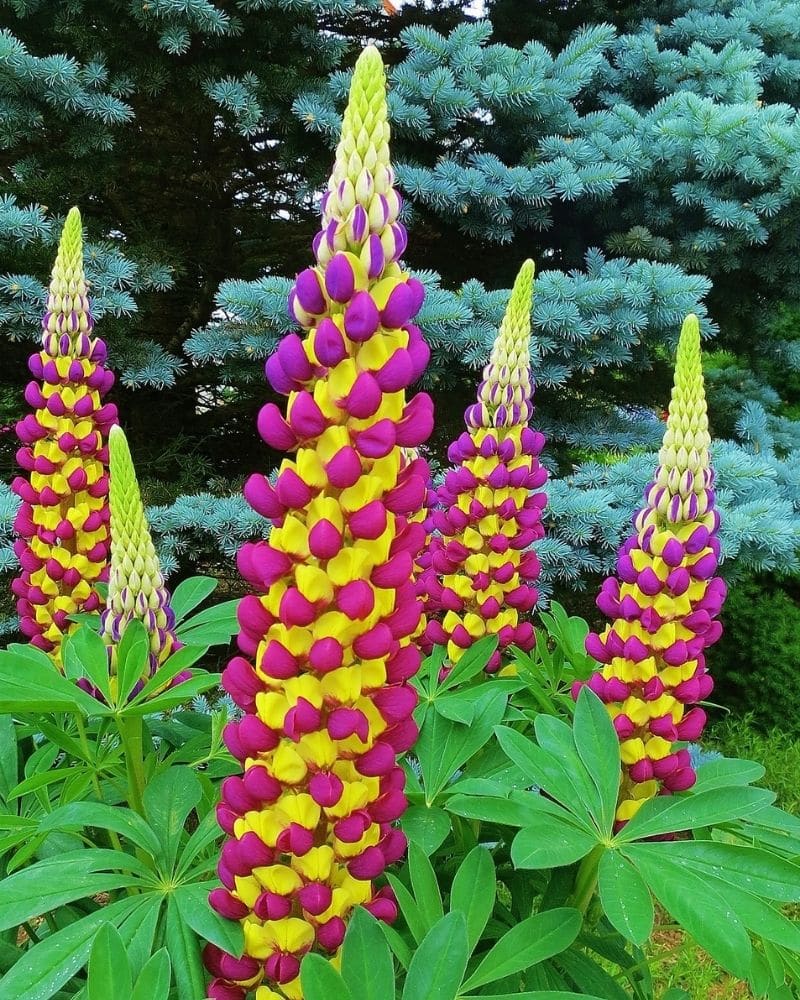
This variety can grow up to 26 inches in height. This plant is a hybrid, and they will bloom throughout the spring and summer with vibrant colors.
As its name suggests, they resemble popsicles, so it is not uncommon to see these petals in bubblegum pink, yellow, purple, or even cherry red.
Alamo Fire

This flower has reddish-maroon petals. They can grow up to 5 feet in height and are usually found in the wilderness of Texas.
FAQs
Here are some common questions about Lupine flowers:
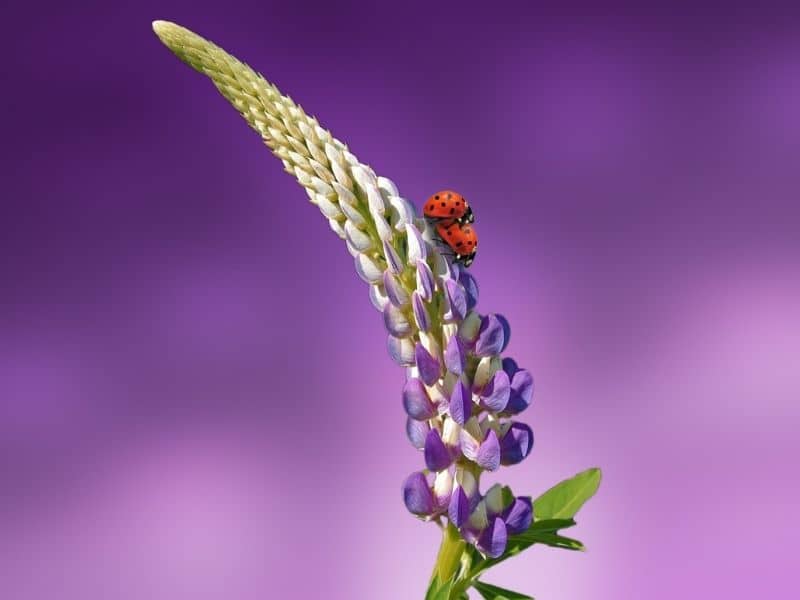
How long do lupine flowers last?
Lupine flowers typically last for 2 to 4 weeks, depending on the specific variety and environmental conditions.
Does lupine keep blooming?
While lupines are prolific bloomers during their flowering season, individual flower spikes usually do not produce continuous blooms throughout the season.
Do lupines bloom more than once?
Yes, most lupine varieties bloom once, producing flowers on tall spikes during their flowering season.
What do lupine flowers symbolize?
Lupine flowers are often associated with symbolizing imagination, admiration, and happiness.
What is lupin flower used for?
Lupin flowers, particularly Lupinus angustifolius, are used in agriculture as a cover crop to enrich the soil with nitrogen. Additionally, some species of lupines are grown for ornamental purposes in gardens and landscapes.
Do Lupine plants spread?
Yes, Lupine plants have a taproot and can form clumps that gradually expand over time. They self-seed easily, contributing to their ability to spread in the garden.
Conclusion
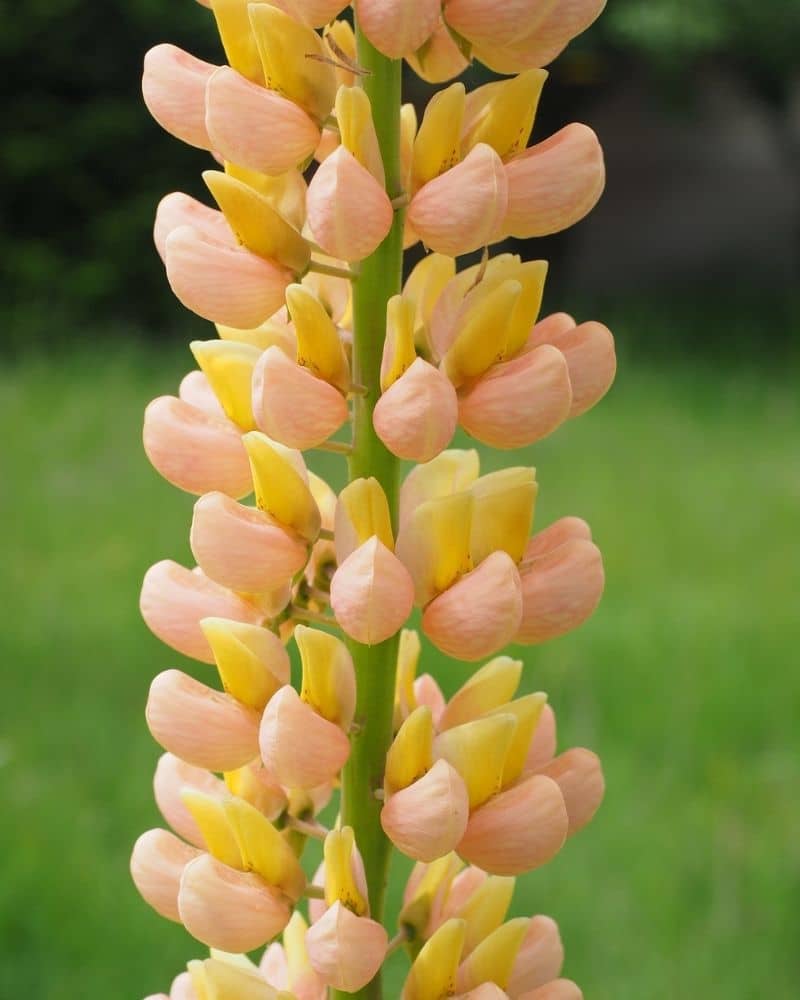
Bask in the lupine’s lupeniferous beauty with these simple lupine flower care tips! Remember, well-drained soil, ample sunshine, and cool temperatures are their keys to happiness.
With minimal effort, you’ll be rewarded with towering spikes of color, adding a touch of wild charm to your garden for years to come. So, embrace the joy of lupine care and witness the magic of these captivating blooms unfold!
Up next: Lupine Flower Meaning and Symbolism
*Featured image by AndriiVergeles/depositphotos

